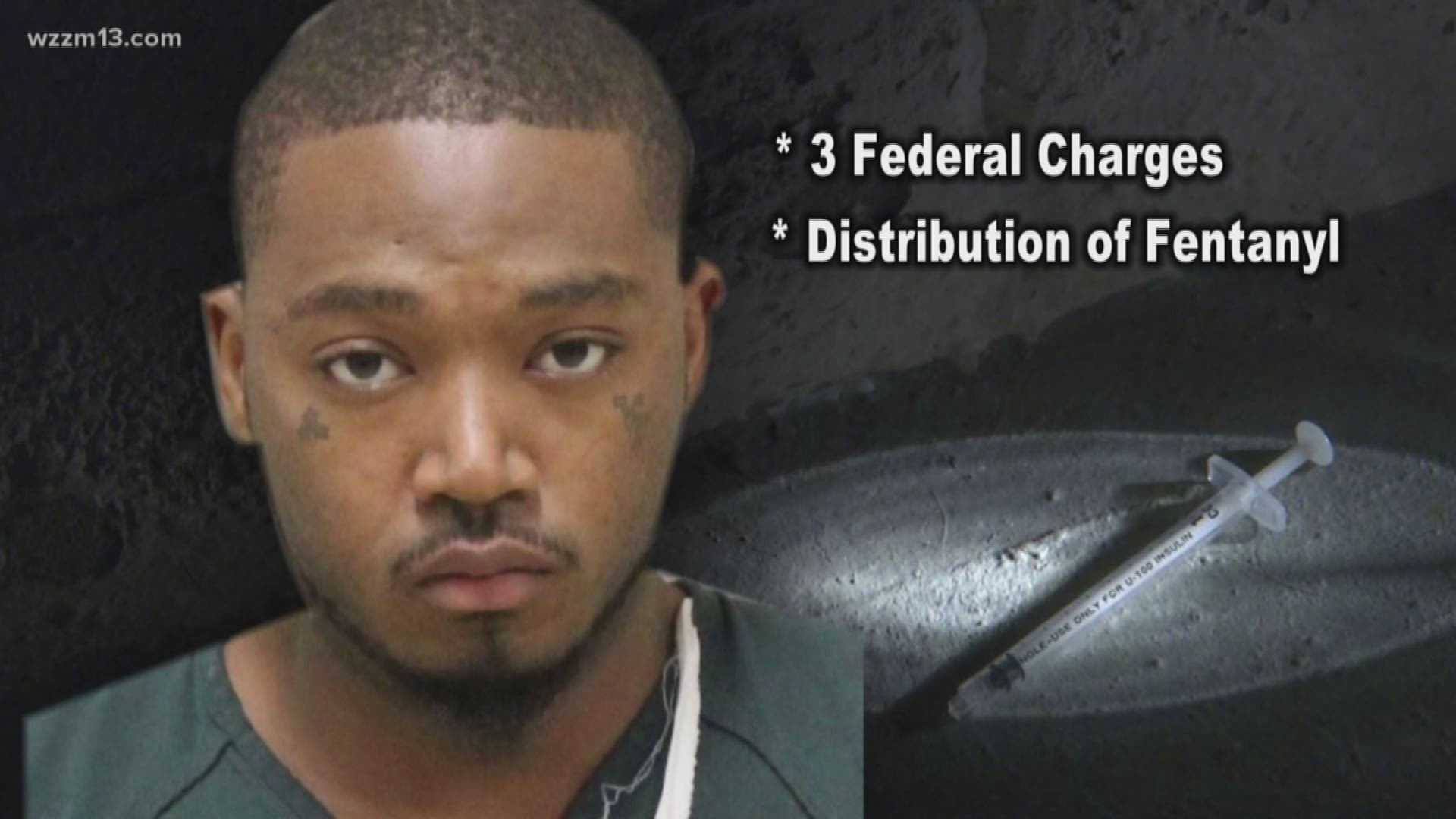GRAND RAPIDS, Mich. — Overdose deaths in Kent County dropped slightly in 2019, signaling what community leaders say they hope is a continued movement away from opioid-related deaths that have bedeviled cities coast-to-coast.
“I would say we are seeing a slight decrease, and it is much better from the peak a few years ago where autopsies jumped dramatically,’’ Kent County Medical Examiner Dr. Stephen Cohle said.
Preliminary data shows 107 overdose deaths in 2019, with three cases still pending. Kent County recorded 114 overdose deaths in 2018.
The recent high-water mark came in 2017, when 156 fatal overdoses were logged. About a third of those deaths were from fentanyl.
“I would say the most lethal combination is fentanyl and heroin, though we see them sometimes separately,’’ Cohle said. “Oftentimes, fentanyl is sold as heroin because it’s a white powder.’’
Fentanyl is a synthetic opioid that can be 80 to 150 times more potent that morphine, Cohle said.
It is not unusual to find it mixed with other drugs, notably cocaine and heroin, he said.
“Fentanyl is often coming into our community from other places, so the substance many of these users are utilizing is unknown in nature,’’ said Grand Rapids Police Sgt. John Wittkowski. “They don’t even often know what is actually in it.’’
Opioids seen in Kent County’s overdose deaths include morphine, heroin, fentanyl, hydrocodone and oxycodone.
“They all act the same to depress the breathing center of the brainstem, so the person gradually stops breathing and then completely stops, if they are not given Narcan,’’ Cohle said.
Two of the 107 confirmed overdose deaths last year occurred in early December at a home on Dickinson Street SW east of Steele Avenue. The male victims, both in their 60s, died from a mix of fentanyl and cocaine. The bodies were discovered after one of the men did not show up for work.
“Again, it looks the same as heroin and cocaine, so people may think they’re buying one thing and they’re getting fentanyl. But it kills people,’’ Cohle said.
Several factors play into the decrease in overdose deaths locally, including greater public awareness about the perils of opioid abuse.
Drug addicts, fearful of the mortality rate linked to opioid abuse, have turned to other drugs, including methamphetamine, law enforcement officials say.
The overdose reversal drug Narcan has also had an impact, Cohle said.
“Although I don’t have any numbers for how many lives Narcan has saved, we might have a 20 to 30 percent greater number of cases – particularly heroin and fentanyl deaths – without Narcan,’’ he said.
Cohle says he’s performed autopsies on people who died from a fatal overdose just days, and sometimes hours, after being revived with Narcan.
“It only has its effectiveness in the moment, right at the time of the overdose,’’ he said.
Wittkowski says police on occasion encounter addicts who are not happy about being revived.
“I’ve been on overdoses where you Narcan someone and they’re angry because you took them out of their high,’’ Wittkowski said. “You saved their life, but at the same time, they’re angry because you ruined their high.’’
RELATED VIDEO:
►Make it easy to keep up to date with more stories like this. Download the 13 ON YOUR SIDE app now.
Have a news tip? Email news@13onyourside.com, visit our Facebook page or Twitter. Subscribe to our YouTube channel.


